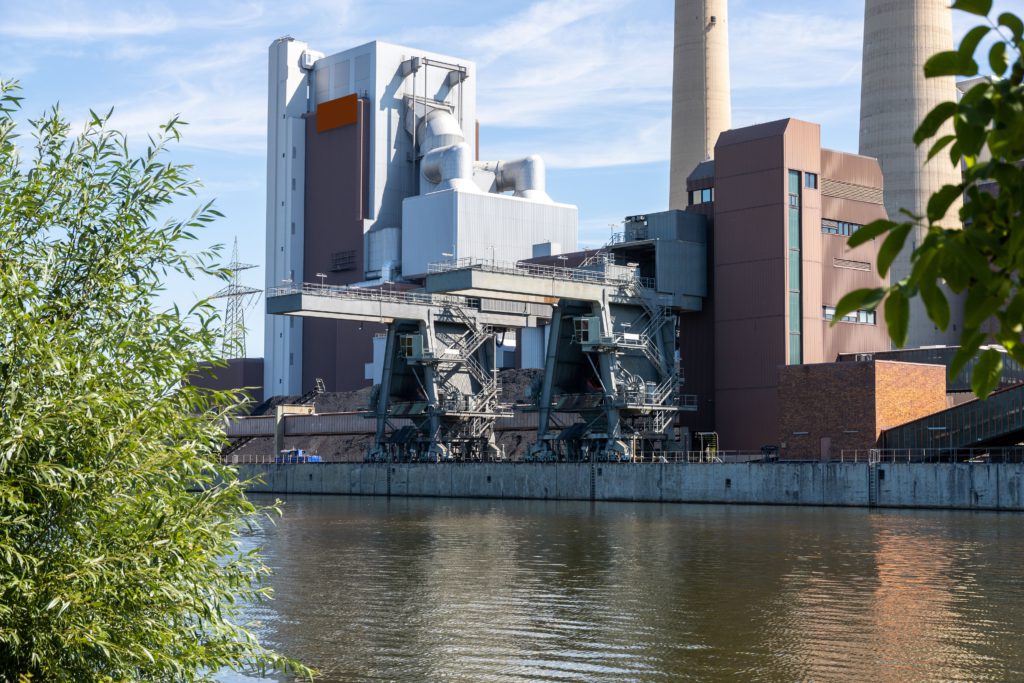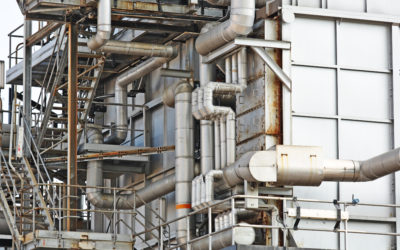Mitigating Erosion Corrosion in Heat Exchangers
Erosion corrosion presents a significant challenge for industries using heat exchangers, especially when operating in environments where high-velocity fluids interact with metal surfaces. The combination of corrosion and mechanical erosion leads to accelerated degradation, shortening the lifespan of critical equipment. This is particularly problematic in systems experiencing turbulent flow, such as seawater applications or environments where fluids contain abrasive particles.
Understanding Erosion Corrosion
Erosion corrosion occurs when a fluid’s high velocity strips away the protective layer that would typically form on metal surfaces. This accelerates the corrosion process as the exposed metal becomes more vulnerable to environmental factors. The interaction between fluid flow and corrosion mechanisms is particularly aggressive at inlets, outlets, and areas with high turbulence. In shell-and-tube heat exchangers, for example, inlet-tube corrosion is a common issue, where the fluid motion destroys the protective corrosion film, leading to material degradation.
Combatting Erosion Corrosion with HeatX
Traditional methods of preventing erosion corrosion in heat exchangers often rely on coatings or the selection of corrosion-resistant alloys. However, these methods can be expensive and may not always provide long-term durability in the most challenging environments. This is where HeatX, a state-of-the-art surface treatment, comes in as a game-changing solution for erosion corrosion prevention.
HeatX functions by reinforcing the surface of the metal, providing a robust barrier that withstands both high-velocity flow and corrosive environments. Unlike coatings, which can wear down over time, HeatX offers a more resilient solution by treating the surface itself, reducing the rate of material degradation caused by turbulent flow. HeatX’s ability to endure the mechanical stress caused by erosion, combined with its high corrosion resistance, makes it an ideal choice for extending the service life of heat exchangers.
The Advantages of HeatX in Heat Exchangers
- Enhanced Durability: HeatX protects heat exchangers from the mechanical wear caused by high-velocity fluids, ensuring the longevity of the equipment.
- Corrosion Resistance: By forming a durable protective layer, HeatX prevents the destructive cycle of corrosion and erosion, especially in environments like seawater where high chloride content is present.
- Cost-Effective Maintenance: HeatX reduces the frequency of repairs and replacements, ultimately lowering maintenance costs and operational downtime.
- Adaptability: HeatX can be applied to various metals commonly used in heat exchangers, including stainless steel and carbon steel, making it a versatile solution for different industries.
The increasing demand for high-performance surface treatments in critical infrastructure, like heat exchangers, has highlighted the need for advanced solutions that address both corrosion and mechanical wear. HeatX emerges as a leading option for tackling erosion corrosion, offering durability, enhanced corrosion resistance, and long-term cost savings. As industries face the challenge of maintaining efficient operations in highly corrosive and turbulent environments, HeatX proves to be an innovative and sustainable solution for protecting heat exchangers from erosion corrosion.
For industries looking to extend the lifespan of their heat exchangers while minimizing operational interruptions, adopting HeatX as a surface treatment is a smart investment in both performance and sustainability. Learn more about HeatX from the experts.



